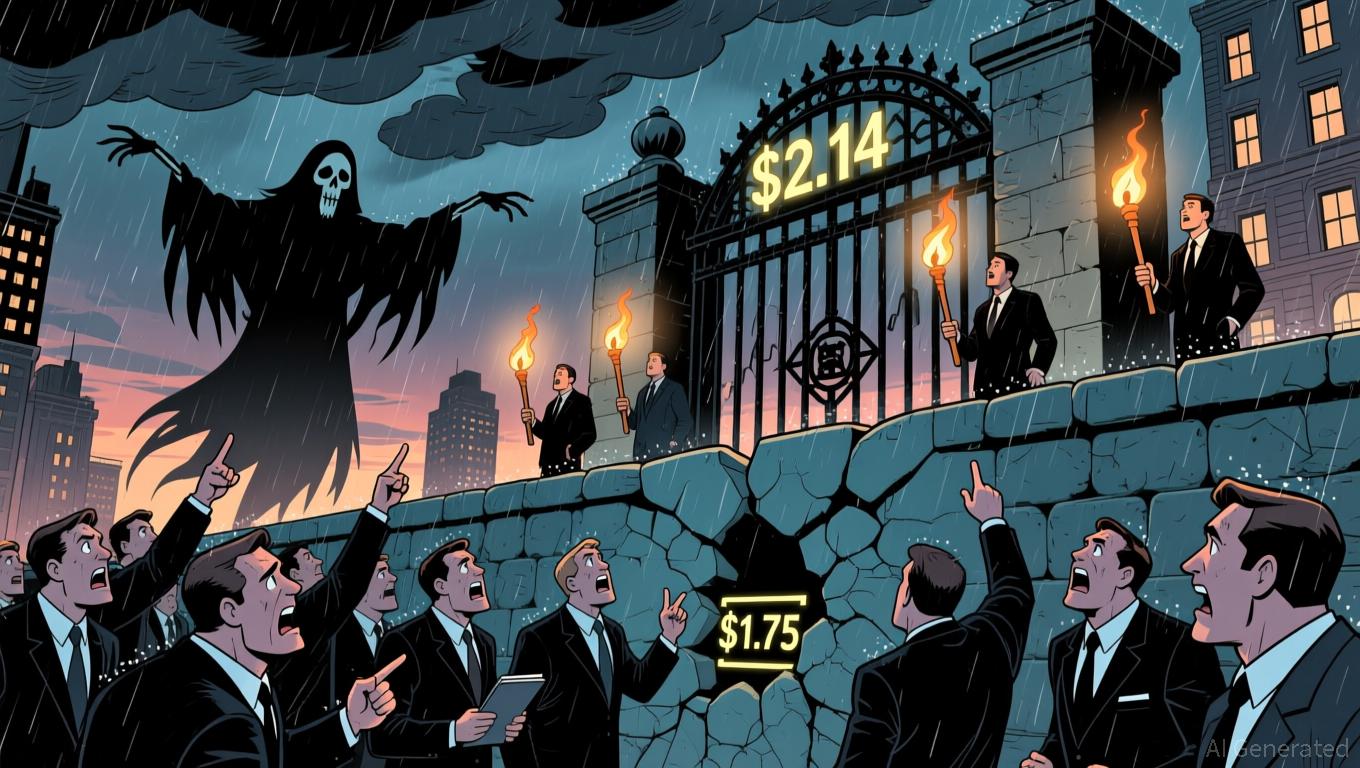Stablecoins outrun Visa as onchain volume hits $46 trillion
Stablecoins have become the engine of on-chain finance. a16z’s 2025 report shows $46 trillion in annual transfers, nearly triple Visa’s. What began as a trading tool now underpins a global settlement network.
- Stablecoins processed $46 trillion in onchain transactions in 2025, nearly triple Visa’s annual volume, per a16z’s State of Crypto report.
- Monthly adjusted volume hit $1.25 trillion in September, while total stablecoin supply surpassed $300 billion, led by USDT and USDC.
- Ethereum and Tron dominate settlement activity, handling 64% of stablecoin volume.
In its State of Crypto 2025 report , American venture capital firm Andreessen Horowitz (a16z) said that stablecoins processed $46 trillion in transactions over the past year, surpassing Visa’s throughput by a wide margin.
a16z partners noted that the figure, even when adjusted to $9 trillion to account for inorganic activity, still handily surpasses the annual throughput of legacy giants like PayPal , signaling a fundamental shift in how value is moved globally.
Stablecoins Power a New Phase of Global Finance
The report details that monthly adjusted transaction volume for stablecoins approached a record $1.25 trillion in September 2025 alone. Notably, a16z analysts highlight that this surge in stablecoin usage has largely decoupled from broader crypto trading volumes, a strong indicator that these digital dollars are now being used for substantive economic purposes beyond market speculation.
According to the report, the total supply of stablecoins in circulation has swelled to over $300 billion, led overwhelmingly by Tether (USDT) and USDC, which together account for 87% of all tokens in circulation. In terms of settlement, the Ethereum and Tron blockchains remain the primary conduits, processing 64% of all adjusted transaction volume as of September.
The macroeconomic implications are profound. a16z data reveals that more than 1% of all U.S. dollars in existence now live as tokenized stablecoins on public blockchains. Furthermore, stablecoin issuers have collectively become a top-tier holder of U.S. government debt, now ranking 17th globally with over $150 billion in Treasury holdings.
A maturing ecosystem comes of age
Per the report, this stablecoin surge is the most visible symptom of a broader industry transformation. The a16z report authors declare that “this is the year the world came onchain,” pointing to a foundational maturity across the sector.
The number of monthly active crypto users now ranges between 40 and 70 million, representing an increase of approximately 10 million participants over the past year. This user growth is supported by a leap in underlying infrastructure; blockchain networks now collectively process over 3,400 transactions per second, a more than 100-fold increase in throughput from just five years ago.
Disclaimer: The content of this article solely reflects the author's opinion and does not represent the platform in any capacity. This article is not intended to serve as a reference for making investment decisions.
You may also like
XRP News Update: XRP ETF Buzz vs. Death Cross: Can the $1.75 Support Level Remain Intact?
- XRP faces critical junctures near $2.14 as Grayscale's spot ETF (GXRP) launch looms, with $1.75 support level pivotal for short-term stability. - A death cross pattern raises bearish concerns, suggesting potential 55% price drop to $1 if technical indicators fail to hold. - Institutional crypto products like Leverage Shares' 3x ETFs and 1inch's liquidity pools highlight growing institutional interest amid market volatility. - DeFi struggles with $12B idle capital while projects like Mutuum Finance aim to

Bitcoin Updates: Negative Derivatives Meet Optimistic Institutions as Bitcoin's Future Remains Uncertain
- Bitcoin fell below $85,500 amid bearish derivatives positioning, macroeconomic uncertainty, and dormant wallet sell pressure, with puts dominating calls at $85,000 strike price. - Institutional bulls like Michael Saylor's Strategy reported $2.8B Q3 profits from BTC holdings and pledged continued accumulation during the slump. - The Bitcoin for America Act proposes tax payments in BTC without capital gains liability, aiming to create a Strategic Bitcoin Reserve and modernize U.S. finance. - Derivatives pl

Bitcoin Experiences Sharp Decline as Macroeconomic Conditions Change: The Impact of Increasing Interest Rates and Heightened Regulatory Oversight on Cryptocurrency Values
- Bitcoin's 2025 late-year drop from $126,000 to $80,000 reflects heightened sensitivity to Fed policy shifts and regulatory pressures. - Fed officials like Susan Collins signaled "mildly restrictive" policy, crushing rate cut expectations and triggering 70% decline in December cut odds. - Regulatory crackdowns on crypto mixing and mining contrasted with institutional buying (e.g., Cardone Capital's $15. 3M Bitcoin purchase) amid market volatility. - Political uncertainty (60% expect Trump-era crypto gains
Bitcoin’s Abrupt Price Swings and Institutional Outflows: An In-Depth Analysis of Market Dynamics and Liquidity Challenges
- Institutional investors are shifting capital from Bitcoin to AI infrastructure, driven by higher returns in 2025. - Bitcoin's liquidity has declined, with order book depth dropping to $14M by mid-2025, exacerbating volatility. - Structural shifts, including mining repurposing and AI-focused capital flows, threaten Bitcoin's hash rate and market stability. - Alternative projects like XRP Tundra and AI-driven risks challenge Bitcoin's dominance, complicating investor strategies.
